The EU Satellite Centre: the EU’s eyes in the sky
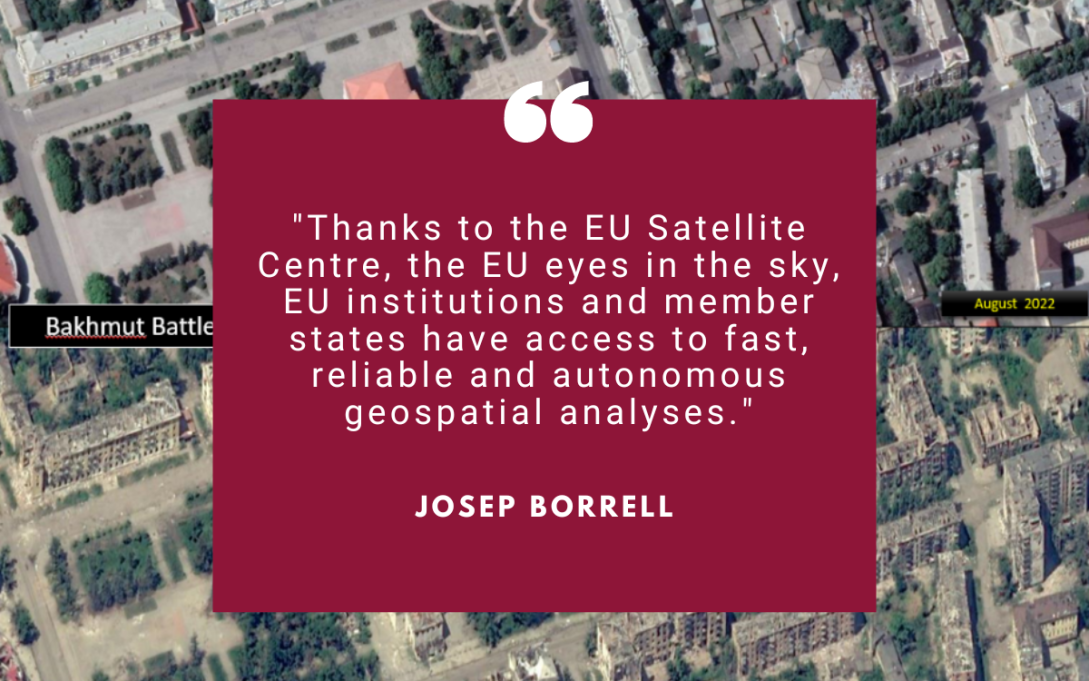
Last week, EU foreign affairs and defence ministers met in Spain to discuss the main current foreign affairs and security issues, in particular Russia's war of aggression against Ukraine and the worrying situation in the Sahel. Ahead of those meetings, EU defence ministers met for a SatCen board meeting at its headquarters near Madrid. I would like to take this opportunity to highlight the key role that the EU Satellite Center is playing in our foreign and security policy.
We visited the operations room of the Centre where Director Ducaru and his team showed us concrete examples of how satellite data are transformed into useful geospatial intelligence. Let’s take Ukraine as an example. SatCen is documenting Russia’s huge destructions of Ukrainian cities like Bakhmut and Mariupol. It has also assessed the dramatic effects of the flooding after the destruction of the Kakhovka dam. It is constantly analysing the risks around the Zaporizhzhia nuclear power plant. And of course we are sharing these analyses with our Ukrainian partners.
SatCen works wherever EU interests are at stake
SatCen works wherever we have interests at stake. During the crisis in Sudan earlier this year, SatCen was very useful in helping with the coordinating the evacuation of European citizens from Khartoum. The Centre also supports EU border management together with Frontex, for example at the border between Poland and Belarus. Around the world, SatCen is supporting EU missions and operations, from anti-piracy to the combatting of illegal arms trafficking; or helping with humanitarian aid in response to contingencies like the 2020 blast in Beirut harbour.
“Thanks to SatCen, EU institutions and member states have access to fast, top-level, autonomous and reliable analyses, helping us to take better, informed decisions.”
SatCen now has 31 years of expertise and one could call it an example of EU ‘strategic autonomy in action’. It is providing us with our own geospatial intelligence analysis. Thanks to the Centre, EU institutions and member states have access to fast, top-level, autonomous and reliable analyses, based on commercial and governmental satellite data, while working in ever-closer synergy with European space industry. As a result, SatCen is helping us to take better, informed decisions.
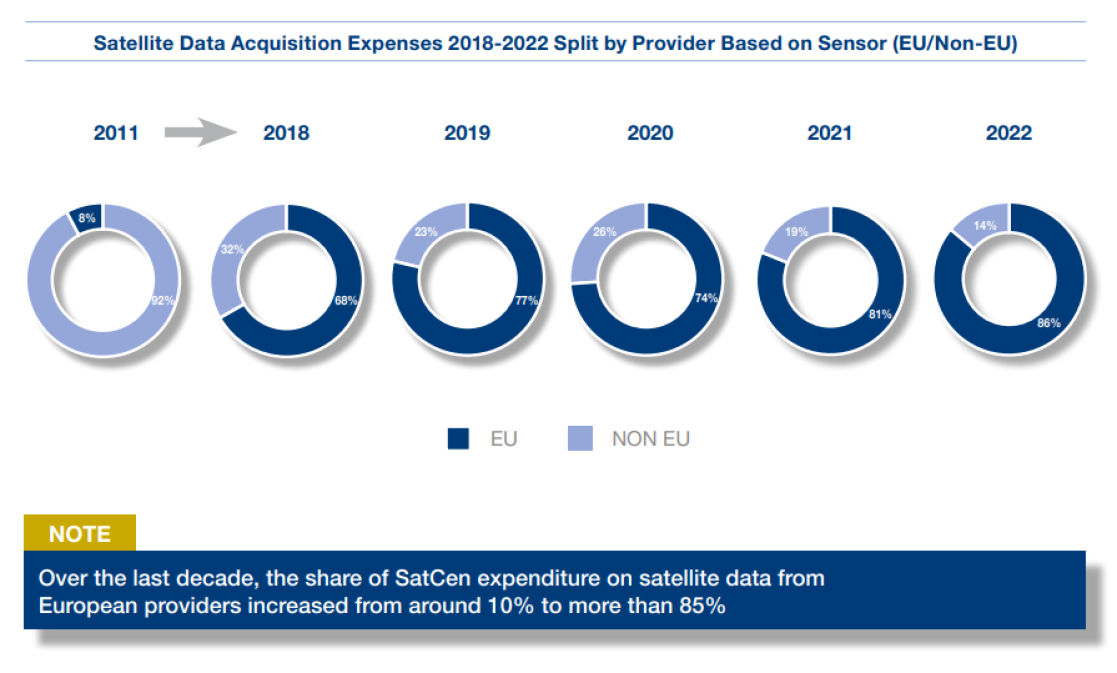
A critical juncture
Last week’s discussion with defence ministers came at a critical juncture, as the demand for SatCen products has increased massively, notably since the Russian aggression against Ukraine. Just to give a figure: since 2010, SatCen production and output have increased by 10-fold. Only this year, it has already released more than 4,000 products, over 80% of them in less than 24 hours.
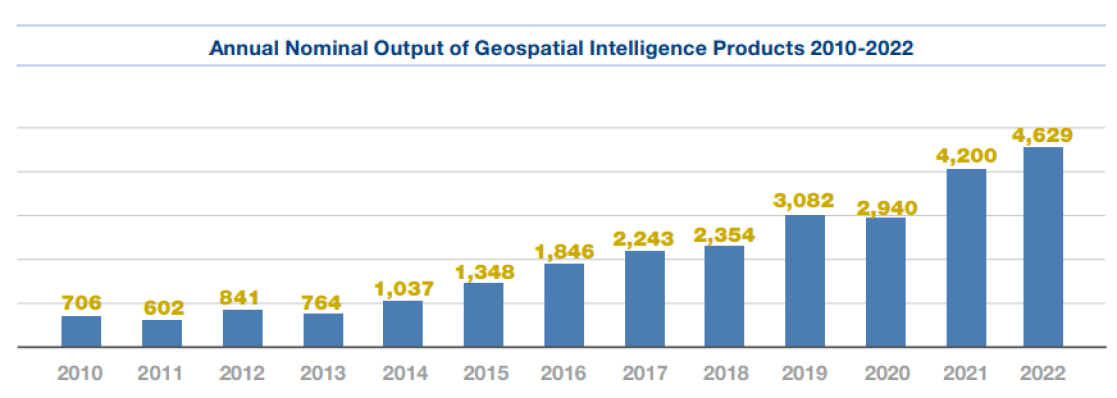
In the Strategic Compass, we committed ourselves to boost SatCen capacities. Earlier this year, as part of the implementation of this Compass, we presented the first EU Space Strategy for Security and Defence. In this context, SatCen is called to play a key role in the newly proposed EU Earth observation governmental service, alongside the EU Space Programme Agency.
SatCen must remain at the cutting edge of geospatial intelligence technologies
We need to ensure that SatCen remains at the cutting edge of geospatial intelligence technologies and that it can rely on autonomous and secure access to a variety of data sources. To this end, as High Representative responsible for the operational direction of SatCen, I have signed a framework arrangement with Germany, Spain, France, Italy, Luxemburg to provide SatCen with imagery from their own governmental satellites. Building on a PESCO project led by Germany, we will develop a Common Hub to receive these images coming from these different sources.
Last Tuesday, I also presided together with my colleague Commissioner Breton, over the signature of an agreement to allow Copernicus, the EU earth observation programme, to support EU external and security actions. It will provide a wider scope for analysis, for example on the impact of climate change on security issues.
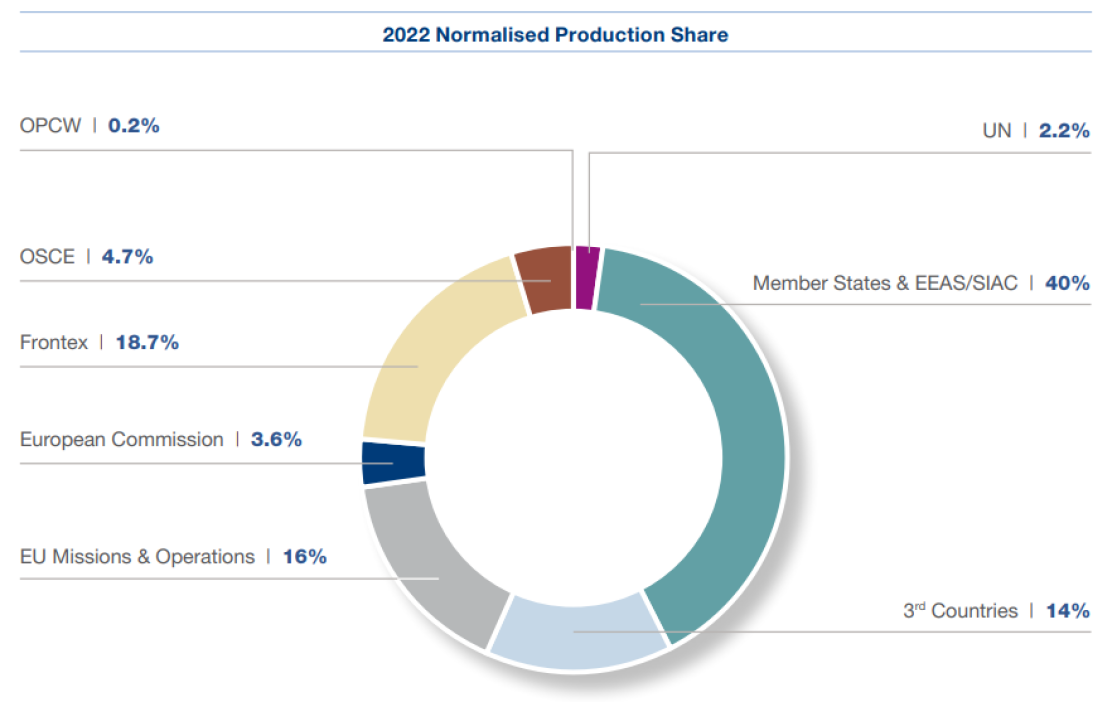
After three decades of under-investment in our defence, the war against Ukraine has shown how urgent it is to strengthen our capabilities and to do so together, to maximise cost-effectiveness. This is true in all areas of defence capabilities (ammunitions, tanks, aviation...), but particularly in the emerging areas like space and cyber. In the field of geospatial intelligence, SatCen has paved the way for three decades, but as we shape its future development, it is now time to change pace and raise our level of ambition.
MORE FROM THE BLOG
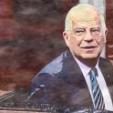
"A Window on the World" - Blog from HR/VP Josep Borrell
Josep Borrell's blog about his activities and the European foreign policy. You can also find here interviews, opinions, a selection of speeches and videos.
